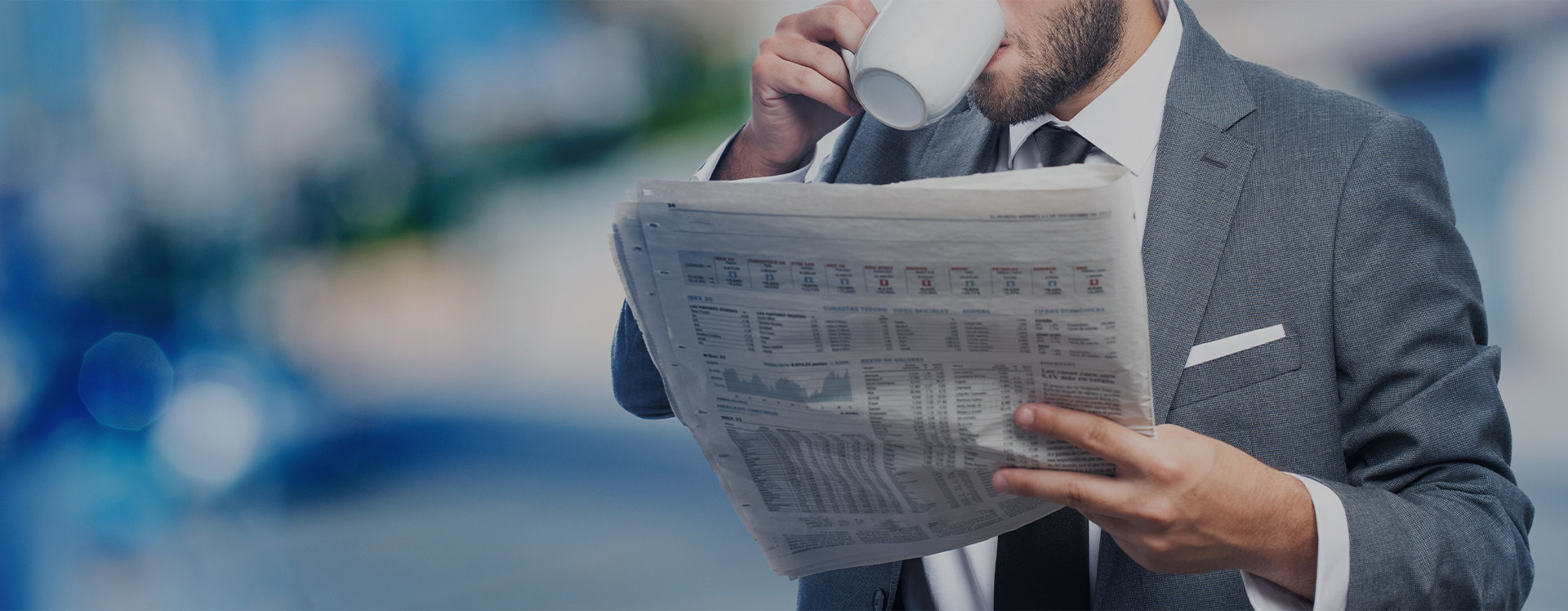Addressing the Challenges: Fiber Optic Cable Strength Member Solutions
Release time:
2024-12-25
Source:
FibreSpeare CO., LTD.
# Introduction
In the rapidly evolving world of telecommunications, fiber optic cables have become the backbone of high-speed internet connectivity. These cables are essential for transmitting data over long distances with minimal signal loss. However, they are not without their challenges. One of the key issues faced by the industry is ensuring the strength and durability of fiber optic cables, especially in harsh environmental conditions. In this article, we will explore some of the innovative solutions available to address these challenges and improve the performance of fiber optic networks.
## Understanding Fiber Optic Cable Strength Members
Fiber optic cables consist of delicate glass fibers that carry light signals to transmit data. To protect these fragile fibers and provide structural support, strength members are incorporated into the cable design. These components play a crucial role in ensuring the overall strength and durability of the cable, especially during installation and maintenance.
### Types of Strength Members
There are several types of strength members used in fiber optic cables, including aramid yarn, fiberglass rods, and steel wires. Each type has its own unique properties and benefits, depending on the specific requirements of the cable installation.
#### Aramid Yarn
Aramid yarn, also known as Kevlar, is a popular choice for strength members in fiber optic cables due to its high tensile strength and lightweight properties. This material is commonly used in applications where flexibility and resistance to stretching are essential.
#### Fiberglass Rods
Fiberglass rods are another common type of strength member used in fiber optic cables. These rods provide excellent support and stability to the cable while maintaining flexibility and resistance to environmental factors such as moisture and temperature changes.
#### Steel Wires
Steel wires are often used as strength members in outdoor or aerial fiber optic cables. These wires offer superior strength and durability, making them ideal for applications that require additional support and protection against external forces.
## Challenges in Fiber Optic Cable Strength
Despite the use of strength members, fiber optic cables can still face various challenges that impact their performance and longevity. Some of the common issues include:
### Tensile Strength
Maintaining adequate tensile strength is essential to prevent cable breakage and signal loss during installation and operation. Weak or damaged strength members can compromise the overall integrity of the cable, leading to costly repairs and downtime.
### Environmental Factors
Exposure to harsh environmental conditions such as extreme temperatures, moisture, and UV radiation can degrade the strength members of fiber optic cables over time. This can weaken the cable structure and increase the risk of failure, especially in outdoor or underground installations.
### Mechanical Stress
External factors such as bending, twisting, and pulling can exert mechanical stress on fiber optic cables, causing strain on the strength members. Proper cable management and installation techniques are crucial to minimize the impact of mechanical stress and ensure long-term reliability.
## Innovative Solutions for Fiber Optic Cable Strength
To address these challenges and enhance the strength of fiber optic cables, manufacturers have developed innovative solutions that offer improved performance and durability. Some of the key advancements in strength member technology include:
### Advanced Materials
The use of advanced materials such as carbon fiber and composite polymers has revolutionized the design of strength members in fiber optic cables. These lightweight and high-strength materials provide superior protection and support, allowing for increased flexibility and reliability in diverse applications.
### Enhanced Coatings
Incorporating specialized coatings on strength members can enhance their resistance to environmental factors and mechanical stress. Anti-corrosion coatings, UV-resistant materials, and water-repellent treatments help prolong the lifespan of fiber optic cables and ensure optimal performance in challenging conditions.
### Integrated Designs
Integrating strength members directly into the cable structure eliminates the need for additional support components, reducing installation time and costs. Seamless integration of strength members with the cable core improves overall durability and minimizes the risk of damage during handling and deployment.
## Conclusion
As the demand for high-speed connectivity continues to grow, the reliability and durability of fiber optic cables have become paramount in ensuring seamless communication networks. By addressing the challenges associated with strength members and implementing innovative solutions, network operators can optimize the performance of their fiber optic infrastructure and meet the evolving needs of the industry. Stay ahead of the competition by leveraging the latest advancements in fiber optic cable strength member solutions and future-proofing your network for success.






